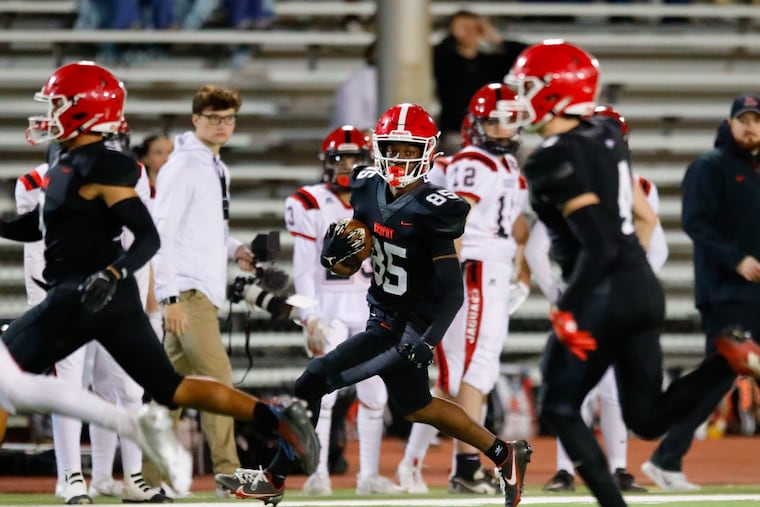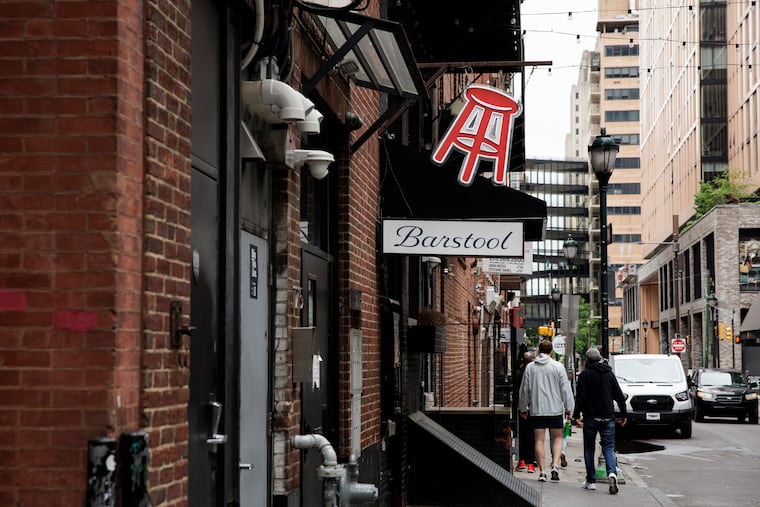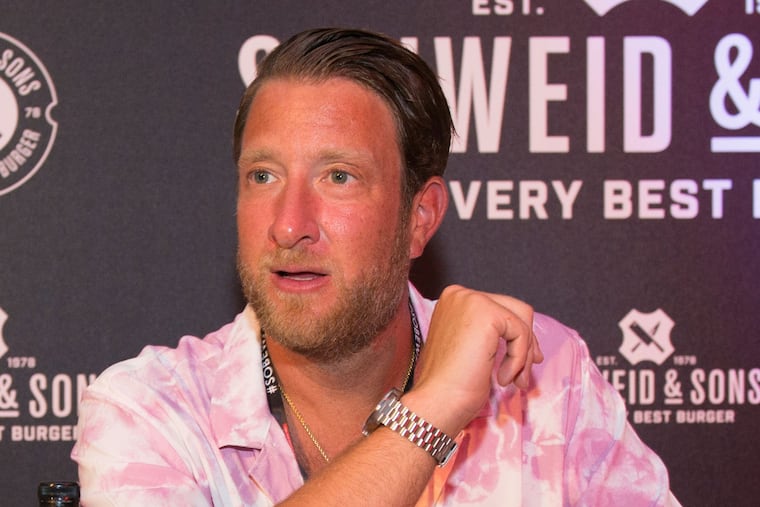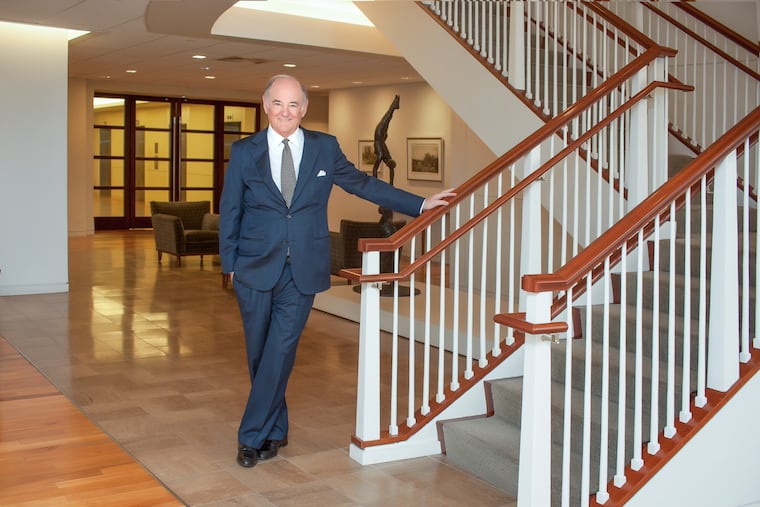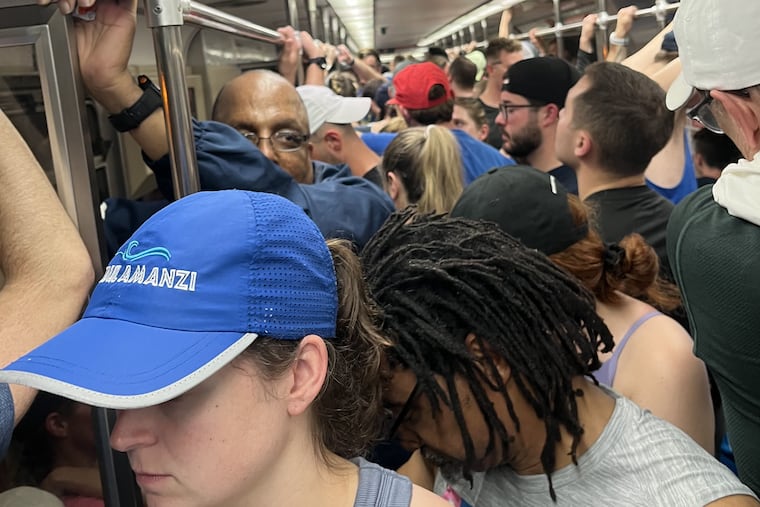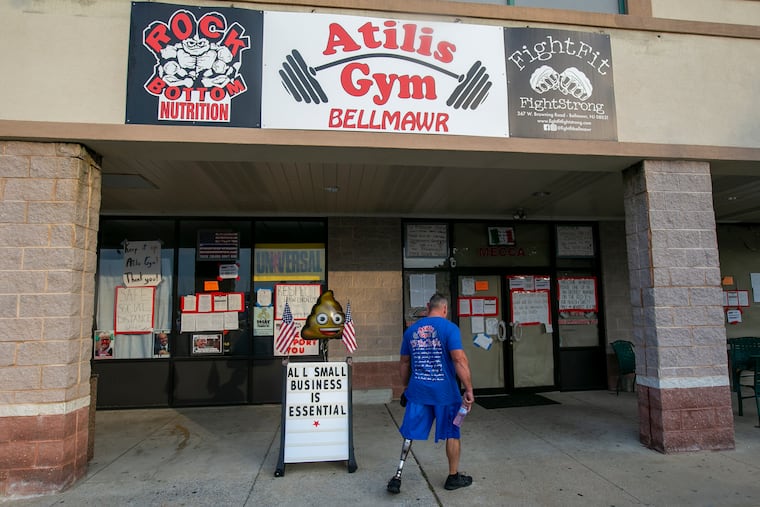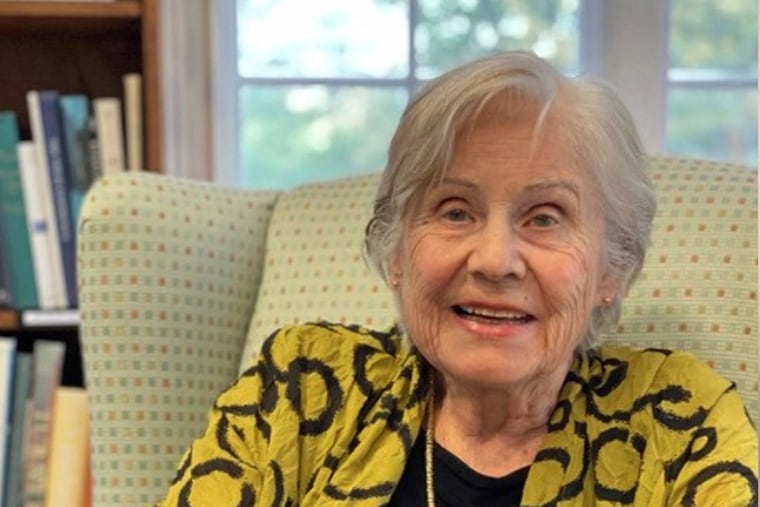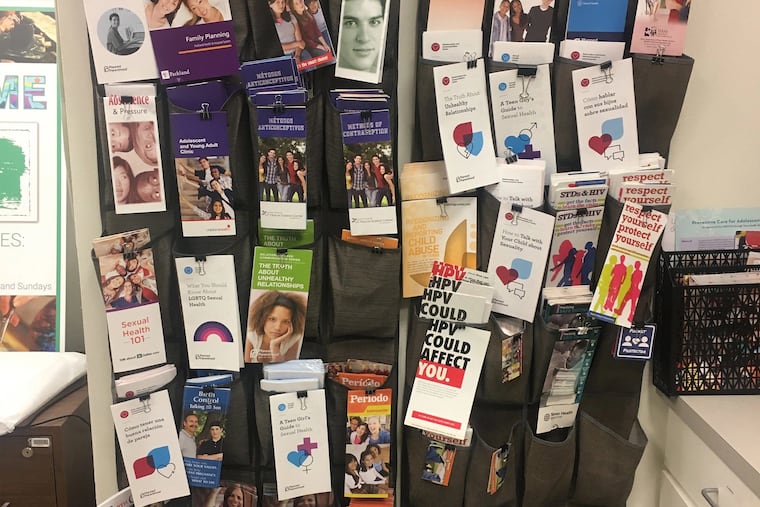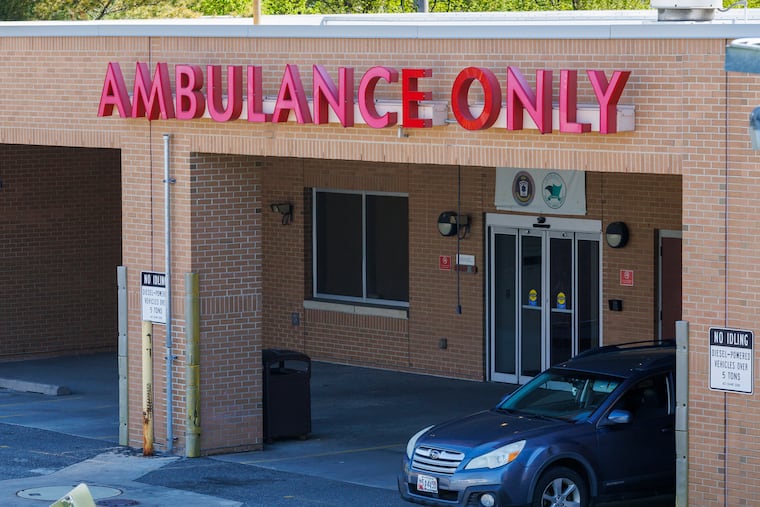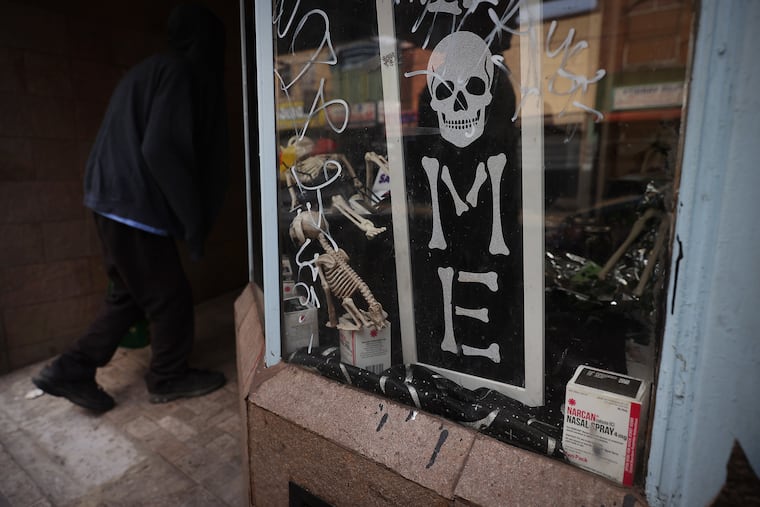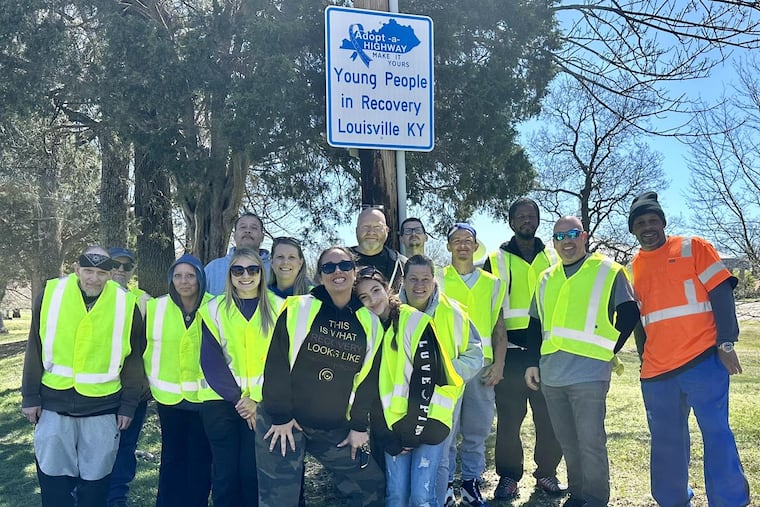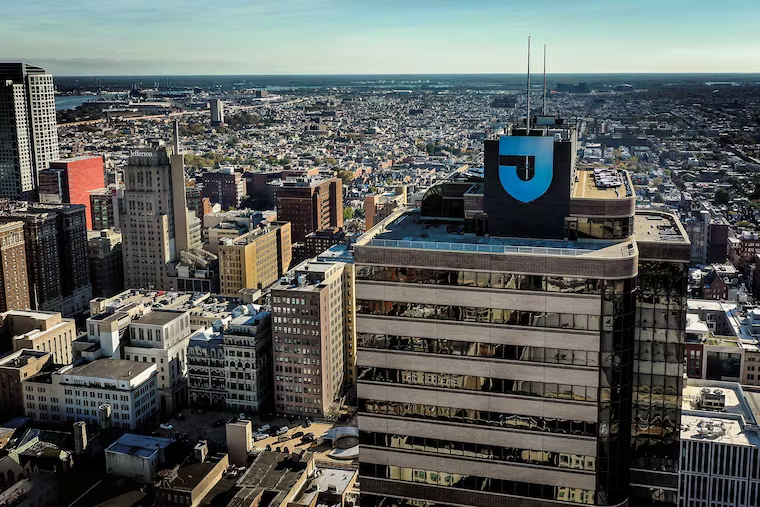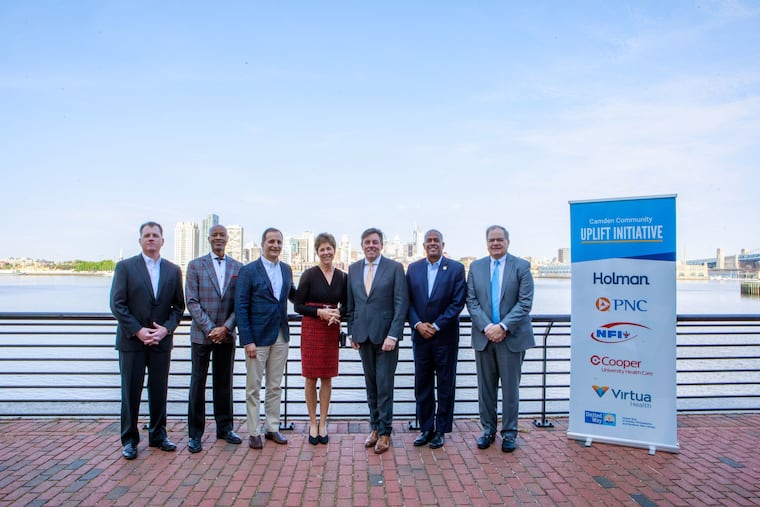How opioid painkillers became big business in a Philadelphia neighborhood already ravaged by drugs
Data on pill sales around the country show how prescription pills added to the pressure on Philadelphia neighborhoods already primed for a drug crisis.

- Donovan McNabb Jr., the son of the former Eagles quarterback, is making a name for himself
- Harassment and overtime fraud probes collide at top levels of Philly Fire Department
- Wells Fargo Center will become the Xfinity Mobile Arena on Sept. 1 after new naming rights deal
- Haverford president apologizes to members of the Jewish community as she faces congressional hearing on antisemitism
- Former School of Rock students accuse founder Paul Green of inappropriate sexual behavior
Rob Tornoe and Nate File
Link copied to clipboard
Link copied to clipboard
Link copied to clipboard
Jennifer McDermott, Associated Press
Link copied to clipboard
Amanda Erickson, Washington Post
Link copied to clipboard
Janet Rosenzweig, For The Inquirer
Link copied to clipboard
Link copied to clipboard
Aneri Pattani, Tribune News Service
Link copied to clipboard
Audrey Carleton, Capital & Main
Link copied to clipboard
Link copied to clipboard
Amanda Swain, For The Inquirer
Link copied to clipboard


